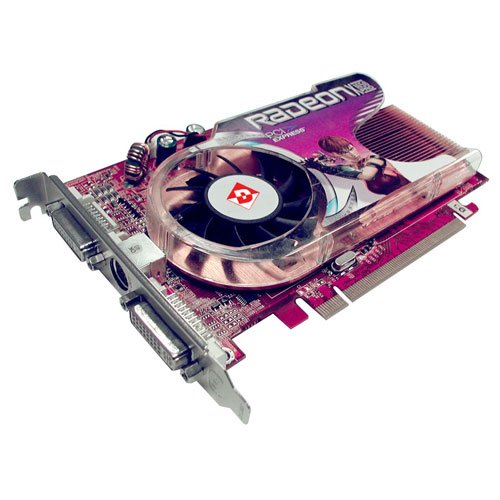Video Cards, commonly known as Graphic Cards or GPU (Graphic Processing Unit) are very common today with gaming becoming one of the primary activities for PC users. But when your GPU becomes kaput, then it troubles the hell out of you. Your monitor screen flickers, and sometimes it goes blank. You get a virtual heart attack and hurriedly start re-installing the drivers, right? To prevent such kind of situation, we have this article.
Video Cards not working
Symptoms
- Screen flickering on startup of games and heavy applications
- Monitor going blank on startup.
- Various errors showing up on desktop as bubble notifications.
- Overheating of GPU. To check this, install GPU-Z
- Fan working erratically and stopping at times.
- Pixelation of screen in various programs and games
If you experience any one of these problems then there is a good chance that your GPU has gone bad. Read the troubleshooting section
Troubleshooting Video Cards
- Try to re-install the drivers – It is the most important step of your troubleshooting process. It solves ninety percent of the problems. If the problem still persists, move on to Step 2.
- Restart your PC – It also sometimes solves the problem, with me having no idea how!
- Underclock your GPU – You must have heard about overclocking, but underclocking also helps at times when your GPU is overheating. Most vendors offer utilities to do this.
- Open Up – When nothing works, just open up your cabinet. Remove your GPU and reinstall it. Check for any wires mingling with the fan. Tighten the screws. Most of the time, it works out!
If no method works, try booting in from the motherboard chipset and see if the PC boots. If it does, then unfortunately I have to say that the GPU of yours has gone kaput. Get a new one or if it is under the warranty period, get a definite replacement. Because the gaming mustn’t stop, right?
Think I missed out on something, just comment!




